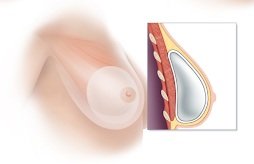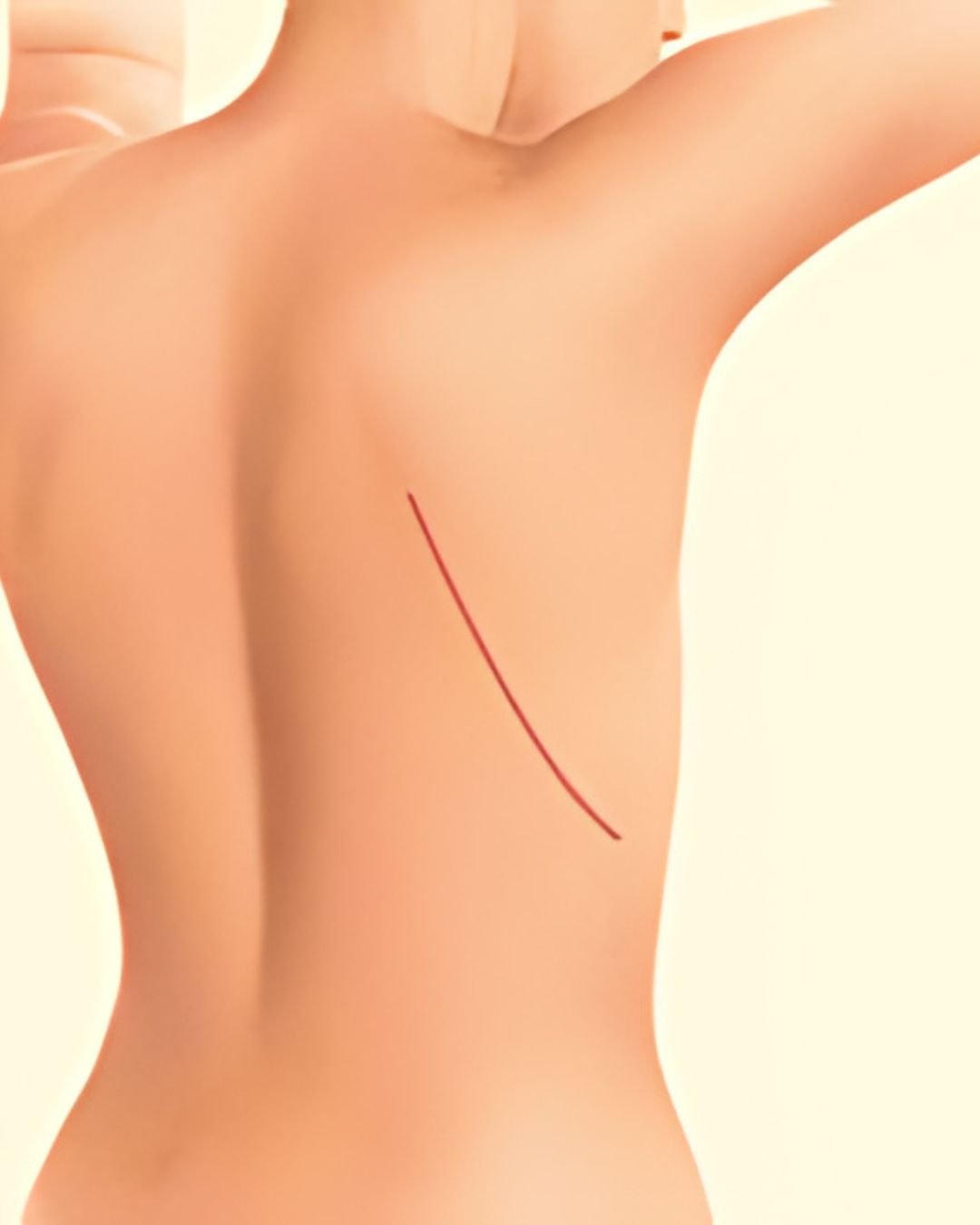reconstructive PROCEDURES > BREAST reconstruction
Restore
breast Reconstruction
Navigating a breast cancer diagnosis is a deeply personal and emotional journey. We understand that the uncertainties and fears that accompany such a diagnosis can be overwhelming for our patients. As a surgical sub-specialist in this field, Dr. Abedi’s approach to breast reconstruction is rooted in compassion and empathy, recognizing that surgical expertise is just one part of comprehensive care for breast cancer. Dr. Abedi will guide you through your reconstructive journey, ensuring that you feel empowered and informed to make the best decisions for your treatment and recovery.
What is Breast reconstruction?
The goal of breast reconstruction is to restore one or both breasts to near-normal shape, appearance, symmetry, and size following mastectomy, lumpectomy, or other trauma. Breast reconstruction often involves several procedures performed in stages and can either begin at the time of mastectomy (immediate reconstruction) or be delayed until a later date (delayed reconstruction).
Breast reconstruction generally falls into two categories: implant based reconstruction or flap reconstruction. Implant reconstruction relies on breast implants to help form a new breast mound. Flap reconstruction uses the patient's own tissue from another part of the body to form a new breast.
There are a number of factors that should be taken into consideration when choosing which option is best:
Type of mastectomy
Cancer treatments, such as chemotherapy and radiation therapy
Patient's body type
Is it Right for Me?
Breast reconstruction is a highly individualized procedure. You should do it for yourself, not to fulfill someone else's desires or to try to fit any sort of ideal image.
Benefits of Breast Reconstruction:
Restores breast shape and symmetry
Improves body image and self-esteem
Helps you feel whole again
Offers a range of options to suit your individual needs
Our team will guide you through each step of the process, ensuring you feel informed and supported as you embark on your breast reconstruction journey.
Although breast reconstruction can rebuild your breast, the results are highly variable:
A reconstructed breast will not have the same sensation or feel as the breast it replaces.
Visible incision lines will always be present on the breast, whether from reconstruction or mastectomy.
Certain surgical techniques will leave incision lines at the donor site, commonly located in less exposed areas of the body such as the back, abdomen or buttocks.
A note about symmetry: If only one breast is affected, it alone may be reconstructed. In addition,a breast lift, breast reduction, or breast augmentation may be recommended for the opposite breast to improve symmetry of the size and position of both breasts.
Consultation and Preparing for Surgery
-
Your surgical goals
Medical conditions, drug allergies, and medical treatments
Current medications, vitamins, herbal supplements, alcohol, tobacco, and drug use
Previous surgeries
-
Evaluate your general health status and any pre-existing health conditions or risk factors
Examine your breasts and take measurements of their size and shape, skin quality, and placement of nipples and areola
Take photographs
Discuss your options and recommend a course of treatment
Discuss likely outcomes of breast reconstruction and any risks or potential complications
-
Get lab testing or a medical evaluation
Take certain medications or adjust your current medications
Stop smoking
Avoid taking aspirin, anti-inflammatory drugs, and herbal supplements as they can increase bleeding
the procedure
Types of Breast Reconstruction
Your breast reconstruction surgery can be achieved through a variety of different techniques. The appropriate reconstructive procedure for you will be determined based on discussions with Dr. Abedi, your body type, and prior therapy and/or surgical treatment.
Implant-based reconstruction
Expander/ Implant
First, a temporary device known as a tissue expander is placed in the breast to create the soft pocket that will contain the permanent implant. Some surgeons may also use an acellular dermal matrix to assist with reconstruction. Once expansion is complete, the expander will be exchanged for the permanent implant during an outpatient procedure. In expander/implant reconstructions, patients can expect the following to occur with some exceptions:
a. Hospital Stay (Mastectomy/Expander): 1 - 2 days
b. Recovery Time (Mastectomy/Expander): 4 - 6 weeks
c. Hospital Stay (Implant Exchange): Outpatient
d. Recovery Time (Implant Exchange): 1 - 2 weeks
This is what an expander looks like
1st Stage: Expander
Placed under the pectoralis major muscle
2. direct to implant
This approach allows for a breast implant to be placed immediately following mastectomy, foregoing the need for a tissue expander. Some patients may still require a secondary procedure. In direct-to implant reconstructions, patients can expect the following to occur with some exceptions:
a. Hospital Stay: 1 - 2 days
b. Recovery Time: 4 - 6 weeks
Indications
Healthy skin and/or nipple post mastectomy
Thick mastectomy flaps
No need for postoperative radiation
In either method, the implant or expander can be placed either on top of the pectoralis major muscle (pre-pectoral) or underneath the muscle (subpectoral). The decision is often made in the operating room at the time of reconstruction based on various clinical judgements. Dr. Abedi will discuss these options with you during your consultation.
Implant placed under the muscle. Support structures, such as Alloderm, are used to support and secure the implant
Implant placed on top of the muscle following mastectomy. Support structures, such as Alloderm, are used to support and secure the implant
2nd Stage:
Placed under the pectoralis major muscle
Indications
Poor circulation to nipple and/ or skin post-mastectomy
Thin mastectomy flaps
Aggressive or advanced breast cancer
Known need for postoperative radiation
Large breasts requiring skin reduction at time of mastectomy
Advantages of Pre-pectoral reconstruction:
Recovery tends to be faster and less painful
No muscle animation (implant movement with muscle contraction)
Disadvantages of Pre-pectoral reconstruction:
Breast may age faster, specially with heavier implants
May need additional procedures such as fat grafting to camouflage the more visible borders of the implant
The implant can mask cancer recurrence on top of the muscle. For this reason, this procedure is not recommended for very advanced breast cancers, large cancers, or when the cancer is too close to the muscle.
Flap Reconstructions
Tram Flap
Donor site: Abdomen
abdominal free Flap
Donor site: Abdomen
Latissimus dorsi Flap
Donor site: back
A common method of tissue reconstruction is the pedicled transverse rectus abdominis myocutaneous (TRAM) flap. In this approach, abdominal muscle, tissue, skin, and fat are used to create breast shape. The patient will have the benefit of a flatter looking abdomen. The scar on the abdomen is low and extends from hip to hip.
In TRAM flap reconstructions, patients can expect the following to occur with some exceptions:
a. Hospital Stay: 2 - 5 days
b. Recovery Time: Several weeks to several months
These microsurgical (DIEP, SIEP) procedures may or may not use the actual abdominal muscle, so they may allow for results with fewer donor site complications. However, they are lengthier procedures and have the potential for other complications. These procedures are only offered at VGH and UBC, where they perform microsurgery regularly. In free flap reconstructions, patients can expect the following to occur with some exceptions:
a. Hospital Stay: 3 - 5 days
b. Recovery Time: Several weeks to several months
LD flap is most commonly combined with an implant. At the time of breast reconstruction, the muscle flap, with or without attached skin, is removed from the back and implanted in the breast. This flap provides a source of soft tissue that can help create a more natural looking breast shape compared to an implant alone. The scar on the back can often be concealed under a bra strap. In LD flap reconstructions, patients can expect the following to occur with some exceptions:
a. Hospital Stay: 1-3 days
b. Recovery Time: Several weeks
Implant Choices
Dr. Abedi will talk to you about your breast reconstruction options. There are a number of different options for implants that may be used during your breast reconstruction.
Saline implants
Saline implants are filled with sterile salt water. They can be filled with varying amounts of saline which can affect the shape, firmness and feel of the breast. Should the implant shell leak, a saline implant will collapse and the saline will be absorbed and naturally expelled by the body. Saline implants can feel or look wrinkled in thin patients.
Silicone Implants
Silicone implants are filled with silicone gel. The gel feels and moves much like natural breast tissue. If the implant leaks, the gel may remain within the implant shell, or may escape into the breast implant pocket. A leaking implant filled with silicone gel may not collapse. If you choose these implants, you may need to visit your plastic surgeon regularly to make sure the implants are functioning properly. An ultrasound or MRI screening can assess the condition of breast implants.
risks and safety
The decision to have breast reconstruction is extremely personal. You will have to decide if the benefits will achieve your goals and if the risks and potential complications are acceptable. You will be asked to sign consent forms to ensure that you fully understand the procedure and any risks and potential complications.
The risks include:
Anesthesia risks
Bleeding (hematoma)
Flap surgery includes the risk of partial or complete loss of the flap and a loss of sensation at both the donor and reconstruction site
Infection
Seroma
Mastectomy flap necrosis
Nipple necrosis
Breast asymmetry
Breast contour and shape irregularities
Changes in nipple or breast sensation which are often permanent post mastectomy
Poor wound healing
Persistent pain
Possibility of revision surgery
The use of implants carries the risk of breast firmness (capsular contracture) and implant rupture
Unfavorable scarring
Fat transfer risks include cysts, infection, microcalcification, necrosis (death) of fat cells and the possibility that some of the transferred fat cells will leave the breast area
The development of a type of cancer of the immune system called Breast Implant-Associated Anaplastic Large Cell Lymphoma (BIA-ALCL). ALCL has been mostly seen with textured breast implants which are no longer used in Canada
Breast implants may be associated with systemic symptoms commonly referred to as breast implant illness (BII) which can include fatigue, "brain fog," muscle or joint pain and rash
These risks and others will be fully discussed prior to your consent.
RECOVERY AFTER SURGERY
Following your surgery, gauze or bandages will be applied to your incisions. An elastic bandage or support bra will minimize swelling and support the reconstructed breast. A small, thin tube may be temporarily placed under the skin to drain any excess blood or fluid. You will be given specific instructions that may include how to care for your surgical site(s) following surgery, medications to apply or take orally to aid healing and reduce the risk of infection, specific concerns to look for at the surgical site or in your general health, and when to follow up with Dr. Abedi.
results
The results of breast reconstruction will be long-lasting, provided that you maintain a stable weight and general fitness. As your body ages, it is natural to lose some firmness, but most of your improvement should be relatively permanent.
Although good results are expected from your procedure, there is no guarantee. In some situations, it may not be possible to achieve optimal results with a single surgical procedure and another surgery may be necessary.
Over time, some breast sensation may return, and scar lines will improve, although they'll never disappear completely. There are trade-offs, but most women feel these are small compared to the large improvement in their quality of life and the ability to look and feel whole. Careful monitoring of breast health through self-exam, mammography and other diagnostic techniques is essential to your long-term health.
Healing will continue for several weeks as swelling decreases and breast shape and position improve. Continue to follow Dr. Abedi’s instructions and attend follow-up visits as scheduled.

get in touch with us
Your vision,
our expertise.
Discover your Beauty.
Contact us today to schedule your consultation.
















